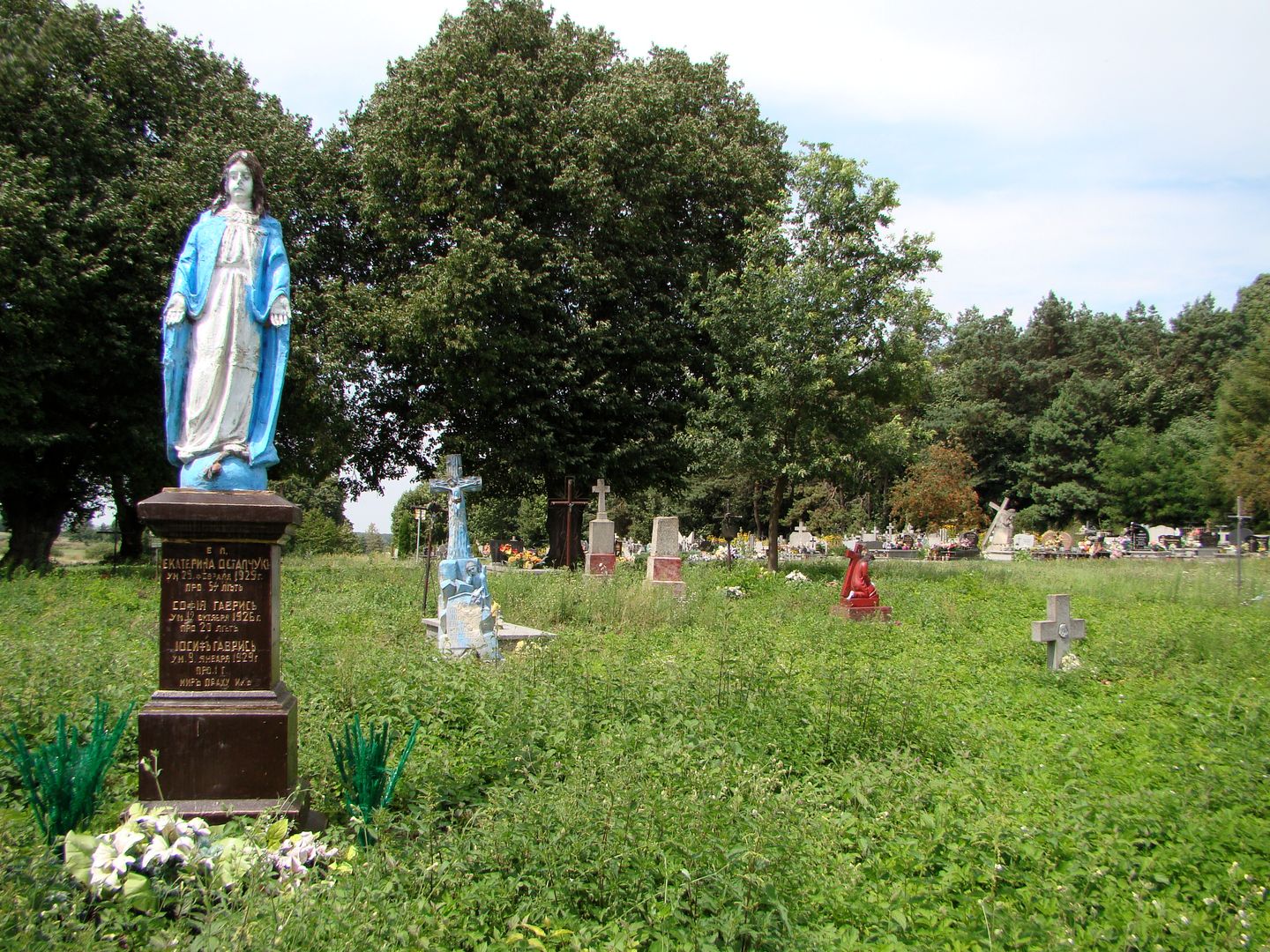The Monastery of the Protection of the Mother of God in Turkowice
6.47

Overview
The Protection of the Mother of God Monastery in Turkowice is an Orthodox women's monastery, founded in 1903 as part of a movement aimed at strengthening Orthodoxy and Russian culture in the territories incorporated into the Russian Empire. It was built in a location with strong Ukrainian traditions, associated with the veneration of the Turkowice Icon of the Mother of God. The monastery gained significance as a center of social work, running schools, hospitals, and orphanages, and also became a popular pilgrimage site, attracting thousands of the faithful, especially during religious celebrations. The monastery's architecture, modeled on the Byzantine-Russian style, included a five-domed cathedral and other functional buildings. After World War I, as a result of the exile of the nuns and the takeover of the property by the Polish state, the monastery fell into ruin and its operations ceased. During the interwar period, attempts were made to restore the monastery, but without success. After World War II, the veneration further declined, and the nuns settled elsewhere. The monastery was reactivated in 2008, after one of the buildings was recovered, allowing the restoration of monastic life in accordance with the former rules. The Protection of the Mother of God Monastery transformed into a center for the veneration of the Turkowice Icon of the Mother of God and the memory of the nun Paraskeva, who was canonized in 2000. The community celebrates annual holidays and engages in publishing activities, cultivating the tradition of Byzantine-style church music. The monastery also has its unique history, full of interesting facts related to pilgrimages, local legends, and the diverse subsequent fates of the nuns, making it an important point on the religious and cultural map of Poland. Currently, the community consists of several nuns and continues its activities, despite local controversies related to their presence.
Location
2025 Wizytor | All Rights Reserved